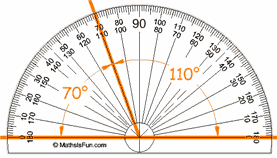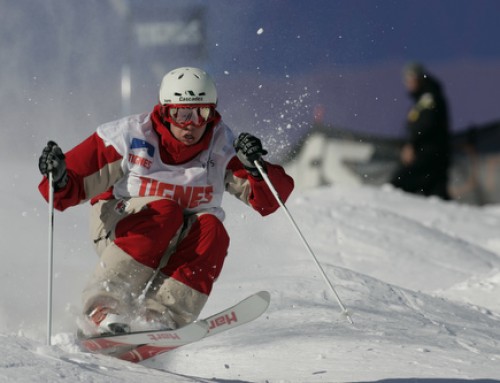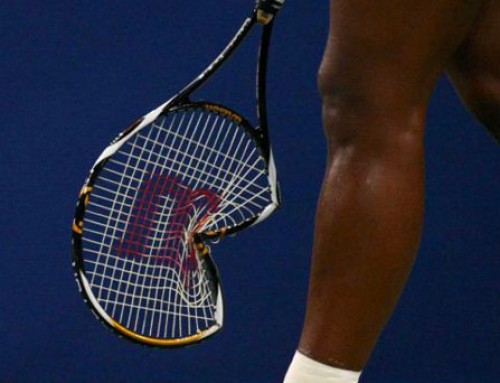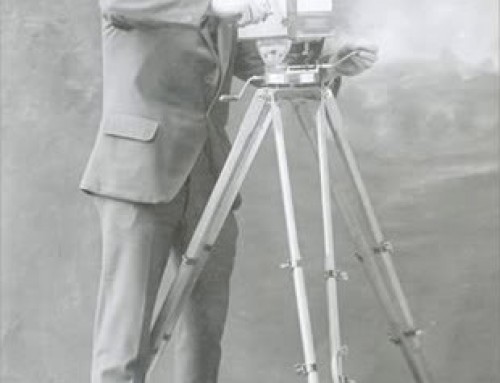 In doubles the net is the place to be! I’ve written other articles on why moving forward is ultimately the best strategy for you to develop in your doubles game. Today I’m going to talk about one of the big reasons why moving up to the net is a great idea in doubles: greater ability to angle the ball away.
In doubles the net is the place to be! I’ve written other articles on why moving forward is ultimately the best strategy for you to develop in your doubles game. Today I’m going to talk about one of the big reasons why moving up to the net is a great idea in doubles: greater ability to angle the ball away.
All too often I see average level tennis players do a great job making their serve or return, they move forward to the net and put themselves in a great position to win, they’re then rewarded with an easy volley and move in for the kill only to hit the volley directly back to an opponent giving them an opportunity to stay in the point. Hitting it towards them low and with lots of pace is one thing (we’ll get to that later), but if you’re not at a level yet where you can do that reliably then you need another option to finish the point. An effective angle is any shot that passes freely between your opponent and the net as it leaves the court to either the right or the left. Here are the two most important things to keep in mind about angling the ball away at the net.
Closer is Better
One extremely important thing to understand when it comes to angling the ball away from your foes is how your position relative to the net affects your effectiveness. The closer you get to the net the more options you have to angle the ball away because you’re able to hit directly at more and more of your opponents side of the court. If you’re like most 3.0 to 3.5 level players it’s very likely that a large percentage of your time at the net is spent positioned right around the service line. Some of you may be saying: “Around the service line is close enough right?”. I disagree, at least when it comes to being able to angle your volleys effectively.
There are 21 feet between the service line and the net. If you’re 6 feet tall that’s about four long strides. When it comes to using angles to put the ball away a good rule of thumb to keep in mind is that volleying to what you can physically see over the top of the net is going to be your best bet. Again, if you’re 6 feet tall and standing on the service line what you’re able to “see” is about half of no man’s land, the last nine feet of the court before the baseline, not very much space when it comes to creating an angle. Does this mean that the whole rest of the court is completely inaccessible to volleys? No absolutely not, with good enough hands it’s possible to land a volley on top of just about any point on the court from the service line, the difference is that it takes a whole lot more skill and precision to perform that type of touch volley as opposed to hitting directly at your target as you try to put the ball away.
Placement Over Power
The second important thing to understand when it comes to angling volleys away is that once you’ve done the work of closing in and you have a good “look” at your target it doesn’t take a very strong shot to finish a point if it’s placed well. This definitely has to be the other most common mistake I see average level club players make when they’re rewarded with an easy volley up close to the net, they correctly attempt to angle the ball away from their opponents but try to hit a much better shot than is necessary resulting in an error instead of winning the point. It’s often very difficult to do in the heat of battle but you have to try your best to relax and stay calm while executing your put away angle, there’s nothing worse than losing a point unnecessarily when you had an opportunity in front of you.
So there you have it. Close in tight, pick a target that will put the ball away from your opponents and off the court, and then place the ball there firmly but under control. Start practicing these types of volleys on purpose and use them more in your competitive points, it will pay off!







